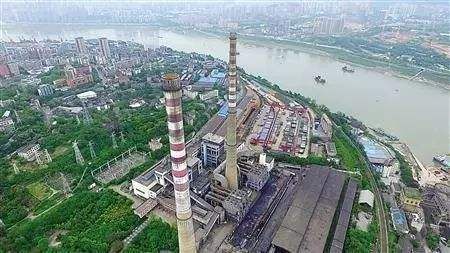
Urban Climate as Danger. Thermal, Spatial and Material Reordering in the Chinese City of the 21st Century
Human activities have caused global climate challenges such as rising sea levels, temperature increase, desertification, climate-induced migration, and extreme weather phenomena. In the city, those global impacts are less perceptible than local environmental changes. Climate danger in the form of urban heat island effects or air pollution threaten physical health. Taking the example of Chongqing, a city located in a subtropical climate in Southwest China, this presentation discusses the ways in which climate dangers affect the thermal, social and political reordering of urban spaces. Drawing on anthropological fieldwork, semi-structured interviews, oral narratives, and architectural history, the presentation engages with human-environment relations in the contemporary Chinese city. In particular, it emphasizes the shifting use of indoor and outdoor spaces related to urbanization since the 1980s. Buildings play a fundamental role both for accelerating urban climate change, but also for providing shelters from the outdoors. On the one hand, construction is resource-intensive, seals urban soils and is energy-consuming. On the other hand, operating energy, especially for climate control of indoors through air-conditioning and heating, emits heat to the urban atmosphere. The presentation investigates into the power of urban governments, ordinary residents, and the construction industry to mitigate urban climate dangers.